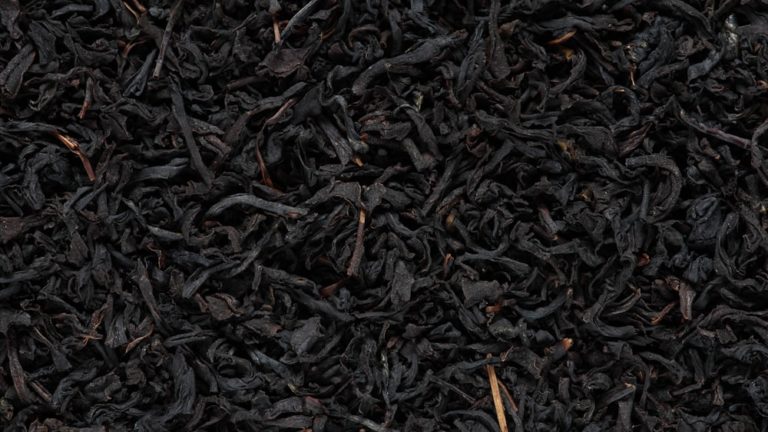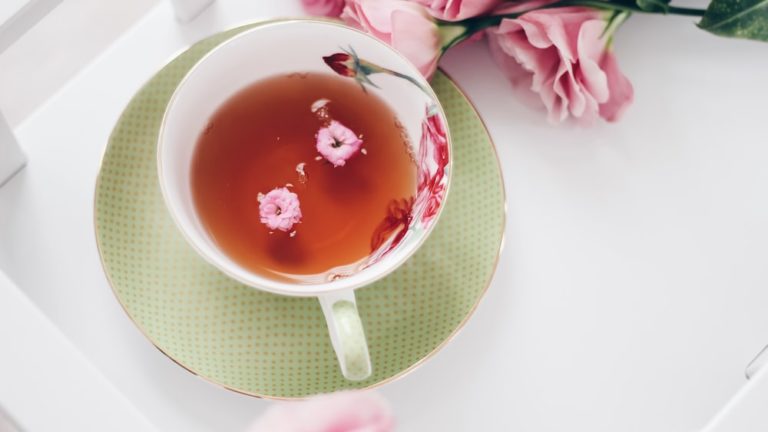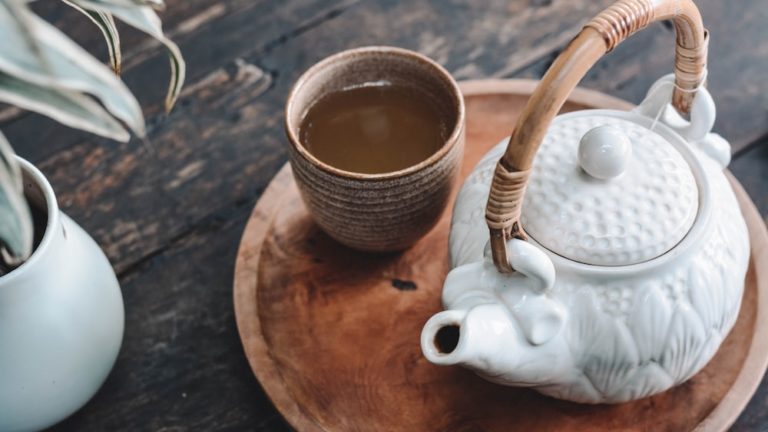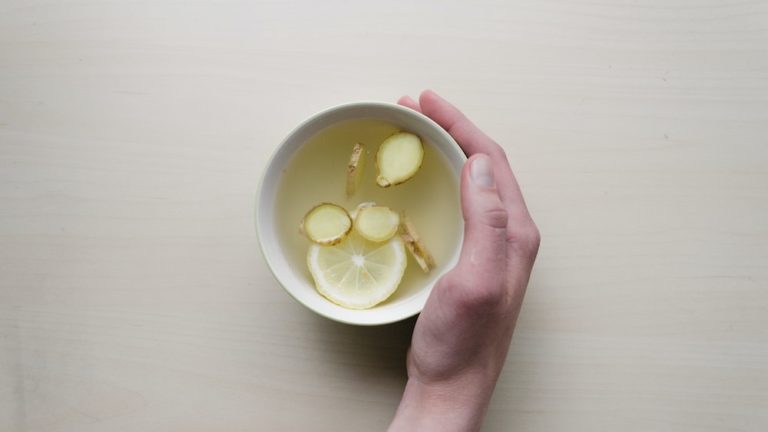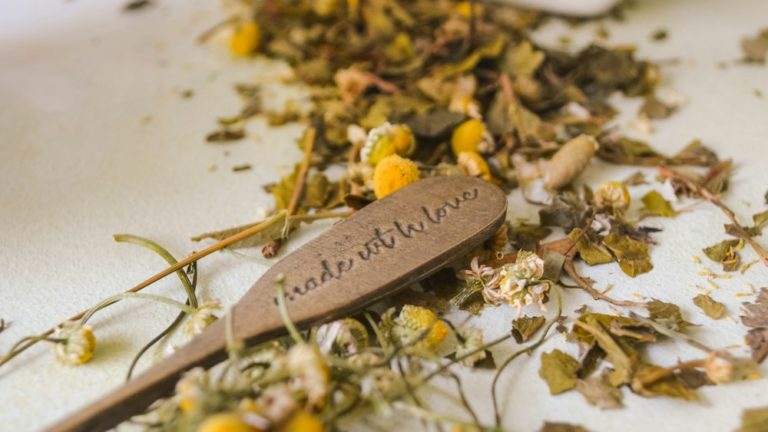Rooibos Tea Vs Oolong: Exploring The Key Differences

Rooibos Tea Vs Oolong: Exploring The Key Differences
Well, hello tea lovers and wellness seekers! Now tell me, who here hasn’t gotten lost in the maze of tea types and their fancy names? And just when you think you’ve got a handle on your Earl Greys and Matcha Green Teas, along come Rooibos and Oolong to stir things up! Brace yourself for an epic rooibos tea vs oolong showdown.
Think of rooibos and oolong as the indie band members of the tea universe. They’re the ones sipping on boiled herbs backstage, while mainstream Black and Green teas hog the limelight. But today, we’re going to pull back the curtain and let these unsung heroes have their moment of glory.
Taking you on a delightful tea journey, from the exotic landscapes where these distinct teas are nurtured, to the warm comfort of your teacup, this blog is set to quench your thirst for tea knowledge. Fair warning though, by the time you’ve finished reading, you may just bid adieu to your favorite English Breakfast. Hmm, too dramatic, maybe? Nah, let’s dive in!
Understanding Rooibos Tea
Imagine an understudy stepping onto the stage, replacing the star of the show. That’s Rooibos in the tea theatre! Derived from the South African Red Bush plant, Rooibos (pronounced ROY-boss), or Redbush tea as its often called, is an herbal delight that’s been steeping under the radar for far too long. And now, its time in the spotlight has come.
Origin and Production of Rooibos Tea
Taking root in South Africa’s Cederberg region, rooibos plants are masters of survival, thriving in harsh, sandy conditions. Unlike Green or White tea, which originate from the tea plant, Camellia Sinensis, rooibos comes from the Aspalathus Linearis plant.
Rooibos tea production uses an artisanal process. Farmers harvest the needle-like leaves by hand, bruise them using medieval-looking machines, and then throw them under the African sun. This ‘sundowner’ moment transforms them from green to a gorgeous mahogany-red. The leaves are then thoroughly dried to ensure preservation.
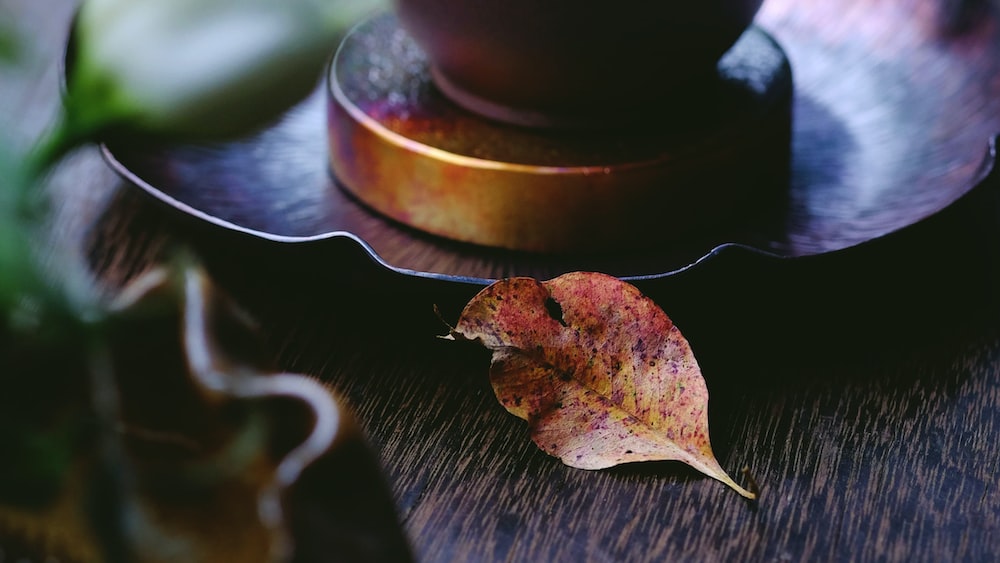
The next time you sip your rooibos tea, just remember: those humble leaves in your cup have braved strong South African winds and blistering sun to reach you. Now, isn’t that worth raising a cup to?
Rooibos plants thrive in harsh conditions and undergo an artisanal process to become the humble leaves in your cup of tea.
Health Benefits of Rooibos Tea
“All that glitter is not gold,” they say. But rooibos defies this saying by glimmering with a treasure trove of health benefits! For one, it’s a caffeine-free option. So, if you’re a sensitive Lizzie or Larry who tosses and turns at the hint of caffeine, this tea is your new best friend.
Rooibos is also packed with polyphenols, making it a potent antioxidant that can help wrestle those mischievous free radicals wrecking havoc in our bodies. Studies suggest rooibos tea plays a superhero role in heart health, potentially lowering your cholesterol levels while tuning up your heart like a well-oiled machine.
And if that’s not enough, rooibos is also thought to have anti-inflammatory properties. Got an annoying bout of inflammation? Let rooibos ride to your rescue like a knight in shining armor.
Taste Profile of Rooibos Tea
If rooibos tea starred in a movie, it would undoubtedly win the Oscar for ‘Best Taste.’ This red infusion offers a full-bodied, delightfully earthy flavor that rivals even the most sophisticated Black teas.
Lovers of sweeter brews, take heart! Rooibos tea shares flavor cues with honey and vanilla, adding a natural sweetness that’ll make your taste buds do a happy dance. By the end of your first cup, you might consider leaving Black and Green tea for this alluring charmer.
How to Brew Rooibos Tea
Brewing rooibos tea is as easy as pie, and I promise no tea leaves will roll their eyes at your brewing skills. Start by boiling water (exciting, right?), and let it cool slightly. Sorry Black tea, rooibos doesn’t need your ‘boiling point’ drama.
Add one heaped teaspoon of rooibos per cup into your favorite teapot. Then slowly pour the hot water over the leaves, and let it infuse for about 5-7 minutes. The longer you let it steep, the more flavorful the brew.
Fancy a dash of milk? Go ahead! Unlike Green and Matcha Green teas (who detest milk), rooibos graciously welcomes it. So whether you choose to drink it in the tradition of Black tea or enjoy it in its pure form, a cup of rooibos tea is sure to brighten your day!
Brewing rooibos tea is a simple process that involves boiling water, adding rooibos leaves, and letting it steep for 5-7 minutes to create a flavorful and enjoyable cup of tea.
Understanding Oolong Tea
Buckle up, folks, as we now switch gears to explore oolong tea, the captivating ‘blue tea’ from the East. Occupying a niche between Green and Black teas, oolong mesmerizes with its complexity and multitude of flavors. If tea varieties were students, Oolong would definitely be the one acing all subjects, yet playing it cool at the back of the classroom.
Origin and Production of Oolong Tea
Oolong originated in China, right in the heart of the Fujian Province. This tea prodigy, proud descendent of the Camellia sinensis plant, is also cultivated in Taiwan and other parts of East Asia.
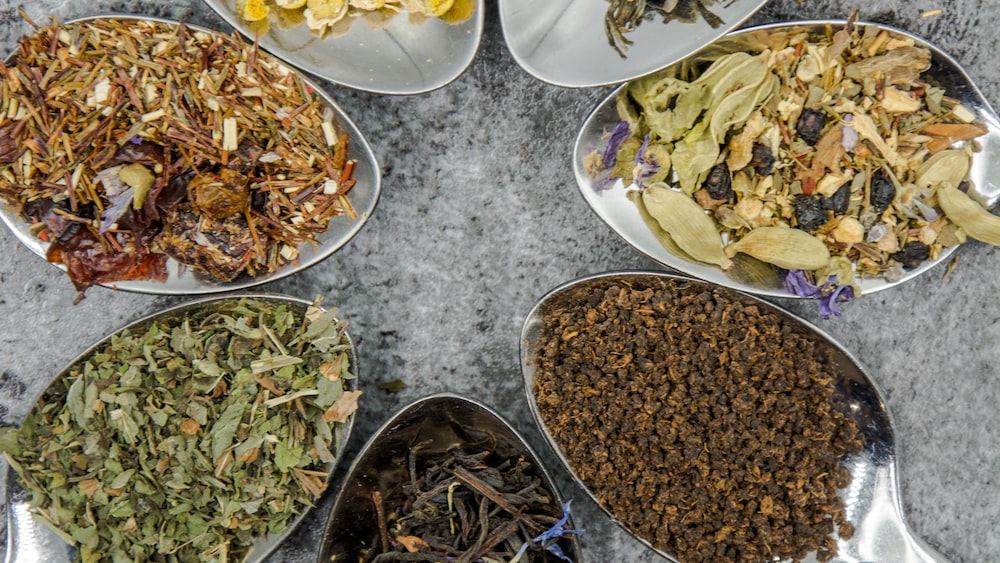
Unlike green or white tea that’s barely oxidized, and black tea which is fully oxidized, Oolong is semi-oxidized – a ‘medium rare’ in tea oxidation spectrum. The art of crafting oolong is intricate and involves withering the leaves under the sun before oxidizing and curling them into tiny, artistic beads.
In this delicate ballet of tea production, the grower’s skill is paramount. The timing, temperature, and the rolling technique – all play vital roles. It’s a testament to the incredible passion and attention to detail that forms the cornerstone of tea culture.
Health Benefits of Oolong Tea
Let’s dive into the world of Oolong tea’s health benefits. Straight from the farm, this type of tea is like a superhero in a cup! Did you know that Oolong tea is a veritable treasure trove of antioxidants? These guys go around your body, rounding up those free radicals that have been partying a bit too hard, causing mayhem and oxidative stress.
But wait, there’s more! Oolong tea helps with digestion, weight management, and heart health. According to Michael Duranko, a renowned tea scientist, Oolong tea may help reduce bad cholesterol levels. And let’s not overlook its potential ability to strengthen the bones and boost brain function. I mean, who wouldn’t want a mini brain boost with their afternoon tea break, right?
Moreover, a study presented in the Journal of Nutrition found that regular consumption of oolong tea may lower the risk of developing type 2 diabetes. I bet that’s an invigorating piece of news for health-conscious tea enthusiasts!
Taste Profile of Oolong Tea
Let’s talk flavor – the part all taste-buds have been waiting for. The taste of Oolong tea is as intriguing as its name. It’s like a blockbuster movie, which has action, drama, romance, suspense, and everything in between. While the taste can vary depending on the direct source and how it’s processed, generally speaking, it’s a delightful blend of floral, fruity, and creamy notes.
Some Oolongs come with a lovely hint of gardenias and peaches, while others go more for a walnut and honey vibe. You might even find hints of orchids and cream or a touch of roasted barley and chocolate. It’s like a refreshing twist to your tea story.
Most importantly, Oolong has this little melodramatic tendency to leave a lingering sweet aftertaste. It’s a dramatic goodbye you might end up craving more often than you’d expect!
How to Brew Oolong Tea
Now, onto the Art-of-Brewing-Oolong segment. Before we plunge into it, let’s make a pact to treat our tea leaves with the respect they deserve. These tiny fellas have traveled a long journey from the farm to your cup – they deserve a proper brewing.
First up, you pick your Oolong – remember, the choice is like choosing a Hogwarts house: it’s a decision that hits straight to the soul. Then, for every 8 ounces of water, you use about 1-2 teaspoons of Oolong tea. It’s no rocket science, but precision matters.
Next, we heat the water to latest celebrity gossip temperature (also known as 185 to 206 degrees Fahrenheit), then pour it over the leaves. Let it steep for around 3 minutes, but here’s where personal preference has its say. You can adjust the steeping time between 1 and 5 minutes to suit your taste. It’s like cooking pasta – you are the master of your own al-dente-ness.
Comparing Rooibos and Oolong Tea
Before we move forward, how about a quick “rooibos tea vs oolong” face-off? Let’s roll out the red carpet for these two rebels of the tea kingdom, each claiming its own unique offerings in terms of taste, health benefits, and caffeine content. Let’s draw the tea swords and get down to the details, shall we?
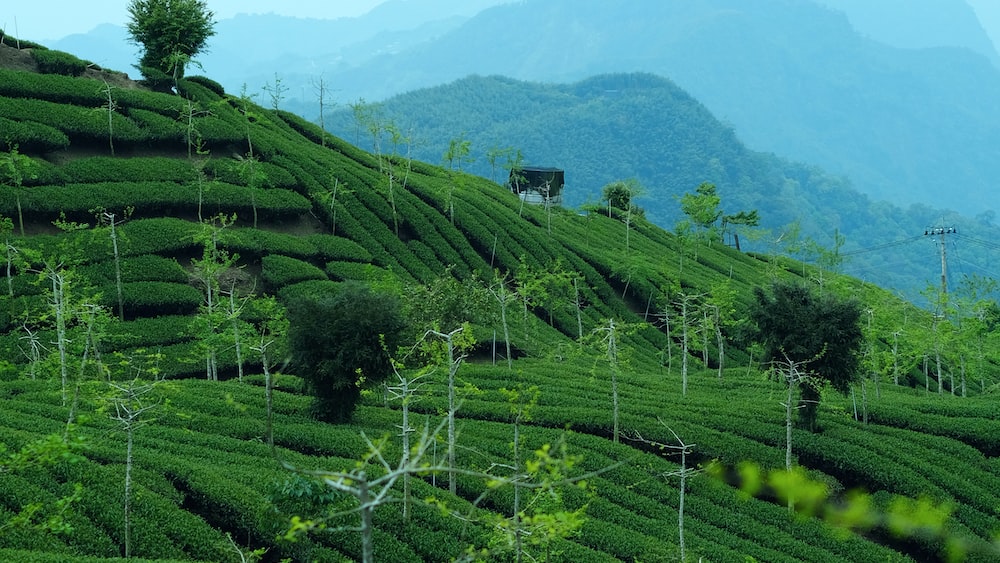
Flavor Comparison: Rooibos vs Oolong
Firstly, let’s face it, comparing the flavor of Rooibos and Oolong is like trying to choose between Netflix and Amazon Prime – both have outstanding offerings. Rooibos brings to the table a naturally sweet and slightly nutty flavor. Think of it as that artistic friend who fetches his own vibe, infused with a hearty feel of the African soil.
On the other hand, Oolong plays the versatile card. Its taste can range from light, floral notes to thicker, woody tones depending on oxidation levels. It’s like the mood ring of teas; it gets you a bit different every time!
Both Rooibos and Oolong teas offer unique and distinct flavors, with Rooibos being naturally sweet and nutty, and Oolong offering a versatile taste that can range from light and floral to thicker and woody.
Health Benefits: Rooibos vs Oolong
Now, when we talk health benefits, it’s like picking between Captain America and Iron Man. Both Rooibos and Oolong pack a hefty punch. Rooibos is known for its antioxidant properties with zero caffeine content – perfect for a late-night read. It also offers a delightful blend of minerals, including iron, potassium, zinc, and manganese.
Oolong, as we have explored earlier, is no wellness laggard. With benefits adding to heart health, digestive health, bone health, and it’s antioxidant properties, it’s one for the health-conscious to embrace.
Caffeine Content: Rooibos vs Oolong
Bang on to the caffeine comparison – this is where the two distinctively differ. While Oolong can be an absolute perk-you-up, with its moderate caffeine content, Rooibos is naturally caffeine-free. So if you’re eyeing a late-night brew that won’t send you on midnight ceiling stares, Rooibos might just be the ticket. On the flip side, if you need a midday pick-me-up, Oolong might just become your go-to elixir.
Choosing Between Rooibos and Oolong Tea
When it comes to choosing between Rooibos and Oolong, it can feel like choosing between two very enticing Netflix series. You’re tempted to watch both, and you probably will, sooner or later, but which one do you start with? It all comes down to personal preferences, what you need at the moment, and what adventure you’re ready to embark on.
When to Choose Rooibos Tea
When might you choose to have that cup of rooibos over your other teas? Well, for one, rooibos tea is your knight in shining armor if you’re looking to transition from coffee or conventional black tea, or simply trying to cut down your caffeine intake. It’s like a farm in your cup, all calm and serene with zero caffeine!
Also, if you’re a sucker for flavors and love playing around with them, rooibos is your blank canvas. It’s wonderful soul-warming sweetness pairs perfectly with a variety of ingredients– think honey, lemon, ginger, spices, or even a dash of milk. So grab that teapot, it’s time to bring out the mixologist in you!
Rooibos tea is a caffeine-free alternative that offers a blank canvas for experimenting with different flavors.
When to Choose Oolong Tea
Turning the tables now, wondering when to opt for oolong tea? Well, if you’re someone who’s a fan of the exciting middle ground, oolong is your tea! Nestled cozily between black and green tea, this type gives you the best of both worlds, embodying the robustness of black tea and the refreshing subtleties of green tea.
Now, health-conscious folks get ready to be enticed. With its impressive list of benefits ranging from boosting metabolism to improving heart health, choosing oolong tea is sure to make your wellness journey a whole lot tea-stier! Remember, moderation is key. Sip too much and you might find yourself more jitterbug than Zen, thanks to its caffeine content.
Life’s full of little moments. And on days when all you want is to bring a little ceremony into your routine, savoring a cup of oolong, brewed traditional Gongfu style, adds a dash of elegance to your ordinary day.
FAQs
1. What is the main difference between Rooibos and Oolong tea?
The main difference between Rooibos and Oolong tea, aside from their distinct flavors, is that rooibos is naturally caffeine-free, whereas oolong does have a fair amount of caffeine.
2. Which tea, Rooibos or Oolong, has more health benefits?
When it comes to health benefits, both Rooibos and Oolong tea have unique strengths. Rooibos excels with its antioxidant properties and lack of caffeine, while Oolong shines with its metabolism-boosting attributes.
3. Can I drink Rooibos and Oolong tea daily?
Yes, both Rooibos and Oolong tea can be consumed daily. However, due to the presence of caffeine in Oolong, moderation should be in mind if one is sensitive to caffeine.
4. Which tea is better for weight loss, Rooibos or Oolong?
In the context of weight loss, Oolong takes the edge. Thanks to the active compounds known to help burn fat more effectively. However, both teas are excellent additions to a healthy diet.
Conclusion
Choosing your perfect brew in the ‘rooibos tea vs oolong’ debate ultimately comes down to personal choice and your specific needs. Whether you seek the comfort, warmth, and tranquility of a caffeine-free rooibos or the dynamic dance between strong and subtle flavors twirling in your cup of oolong, tea time is always a moment of joy.
As you continue your tea journey, feel free to experiment. Try new blends, play with flavors, change your brew time. It’s an expansive world of comforting warmth and discovery in every sip. Just remember that each type of tea, whether it’s the humble green tea, exciting black tea, cheerful rooibos, or the eloquent oolong, has its own vibe and story.
So next time you’re ready to brew, whether that’s at the break of dawn or at dusk, remember that making a cup of tea is an act of love, of mindfulness and for giving thanks for the world’s simple pleasures. Until next time, keep exploring, keep brewing, and above all, keep savoring your tea moments. Stay ‘tea-riffic’.
Warm wishes, Zoe.

